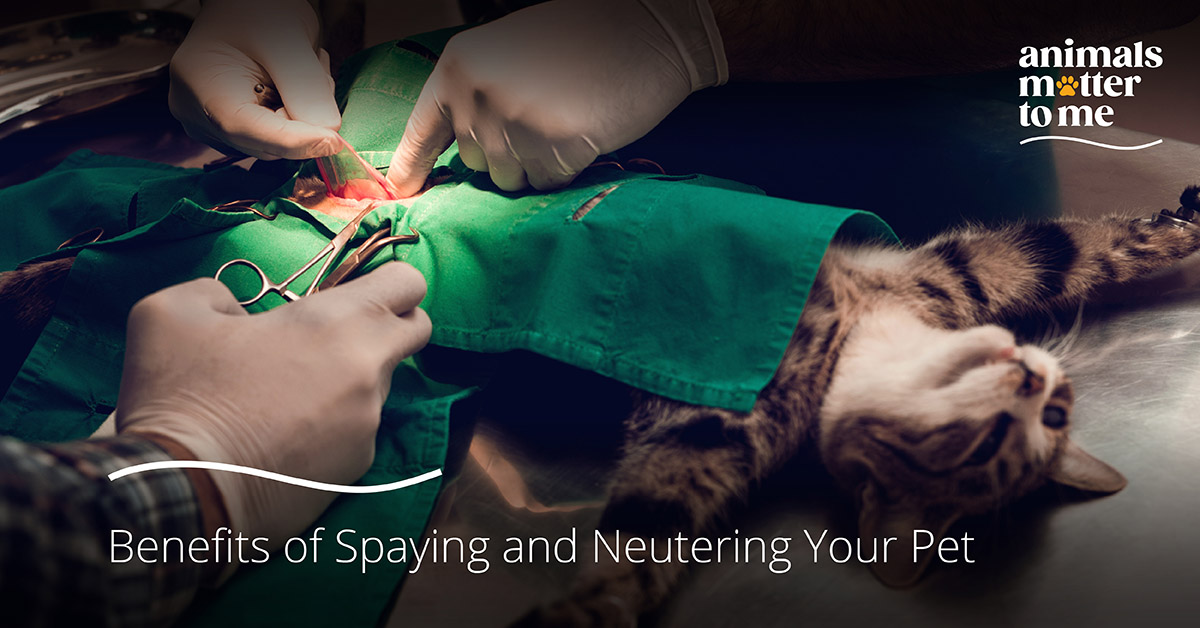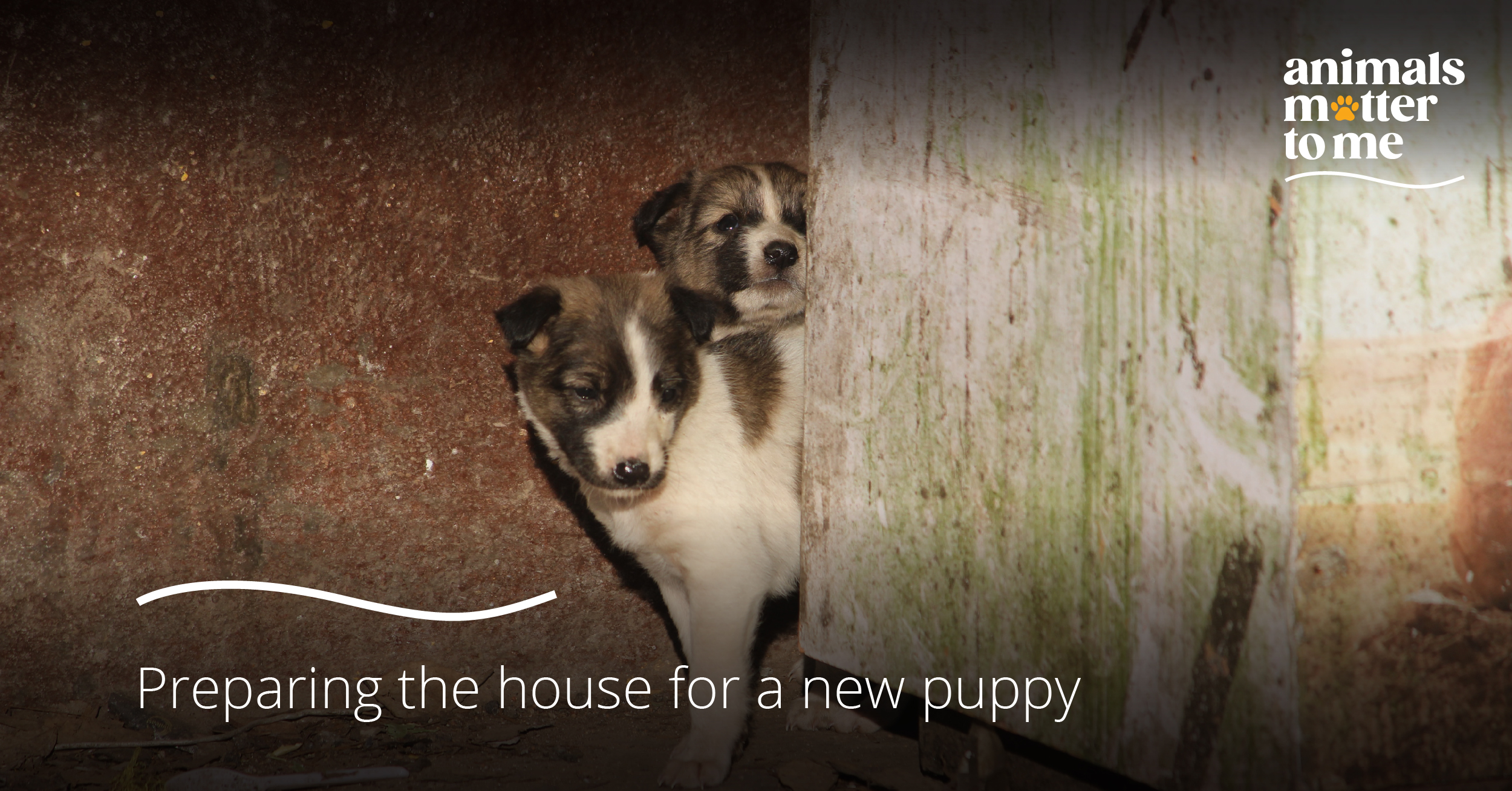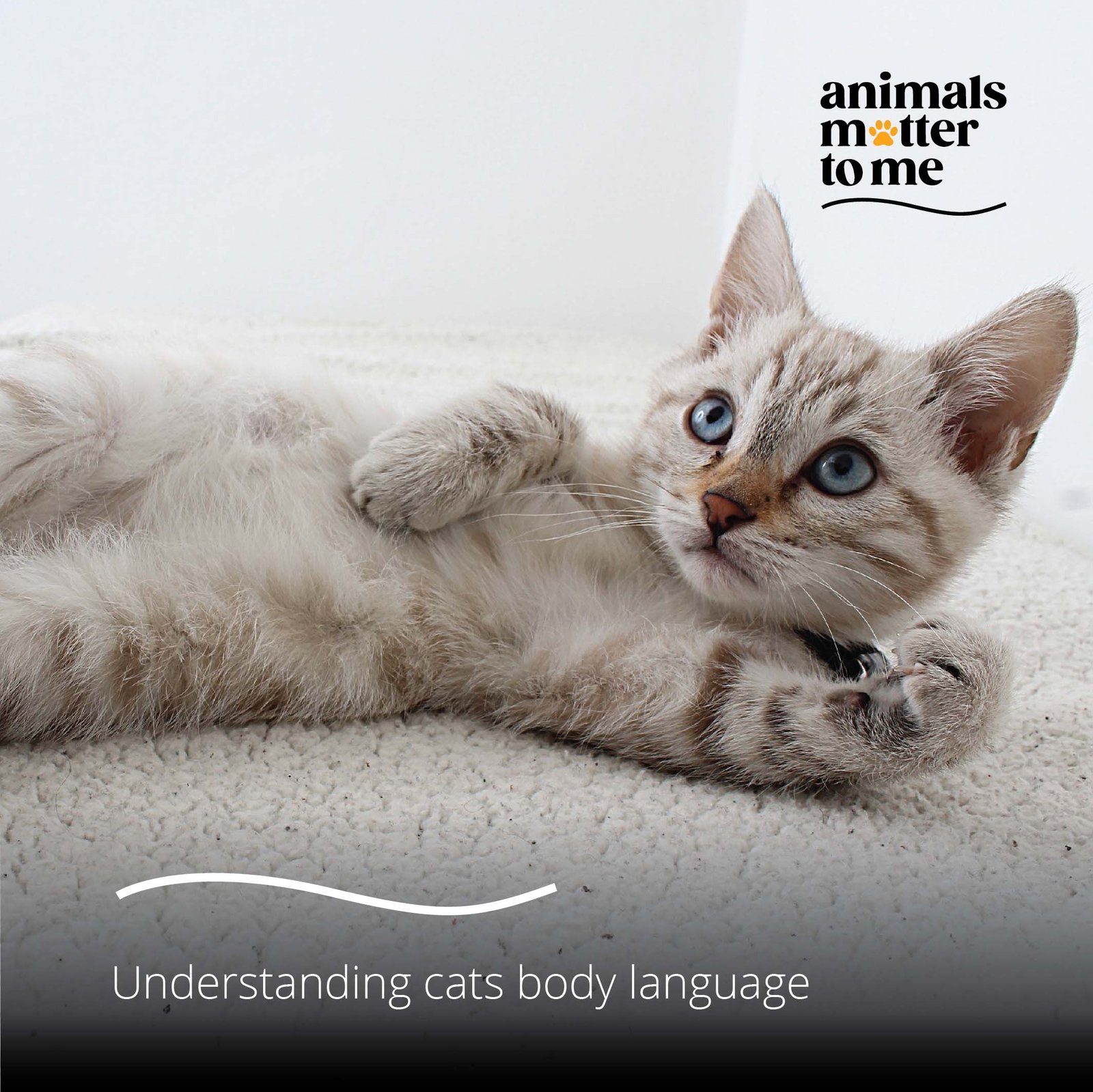Choosing to sterilise your four-legged companions can make them more compassionate, less aggressive, improving their health while reducing the risk of several health related issues in the long run.
What is sterilisation?
Sterilisation is a surgical procedure in which a part of your pet’s reproductive organs is removed to permanently stop them from reproducing. This procedure is mostly performed on male and female dogs, cats, rabbits, and guinea pigs.
How is spaying different from neutering?
Spaying, also known as ovariohysterectomy, involves the removal of the female pet’s uterus and ovaries through an incision made in the abdomen.
Neutering, also known as castration, is the removal of a male pet’s testes.

Both veterinary surgical procedures are performed under general anaesthesia. If you choose to get your pet spayed or neutered, it’s best to consult your veterinarian at the earliest to determine the most appropriate age for them to undergo the surgery
Health benefits of spaying or neutering your pets:
1. Increases their chances of living a longer and healthier life
Spaying your female cat or dog before their first heat cycle (reproductive cycle) greatly reduces their chances of developing uterine, ovarian, and breast cancer, and other infections.
Neutering your male pets helps in decreasing their chances of developing testicular cancer, hernias, prostate related complications, and other health issues.
2. Prevent unwanted pregnancies and infections
Spaying and neutering is a responsible way of preventing accidental pregnancies and unplanned litters. Delivering a litter and looking after them can be very taxing on your pet’s health. If your pet is not taken care of properly during pregnancy, it can lead to several health related issues like abortion, miscarriages, still-births, and can sometimes even lead to death of both the mother and her litter.
Moreover, if a female pet is not looked after and cleaned regularly during their heat cycle or post delivery, she can develop uterine infections like pyometra and metritis.
3. Spayed or neutered pets tend to be less aggressive
Getting your pets sterilised improves their temperament and reduces aggressive behaviour tendencies caused by reproductive hormones.
Neutered males are less likely to get distracted by females in heat. It decreases their likelihood of trying to leave the property, reducing their chances of getting into fights with other animals. This also helps prevent transmission of diseases and infections.
4. Avoid unnecessary trouble in and around your house
It is important to note that neutering and spaying helps reduce or eliminate undesirable behaviours in pets.
Neutered male pets are less likely to mark their territory by spraying urine in every nook and corner of your house. They are also less likely to exert behaviours like humping or mounting. These are common causes of concern and frustration for many pet parents and can easily be prevented.
Spaying your female pet eliminates the problem of stray males camping in your neighbourhood.
5. Control, prevent, and reduce overpopulation in your area
Sterilising your pets helps eliminate accidental pregnancies and litters in your neighbourhood. Moreover, with millions of stray animals living in shelters and on the streets, sterilising strays in your neighbourhood will help in bringing down their population, reducing troublesome territorial behaviours, and increasing their quality of life.




